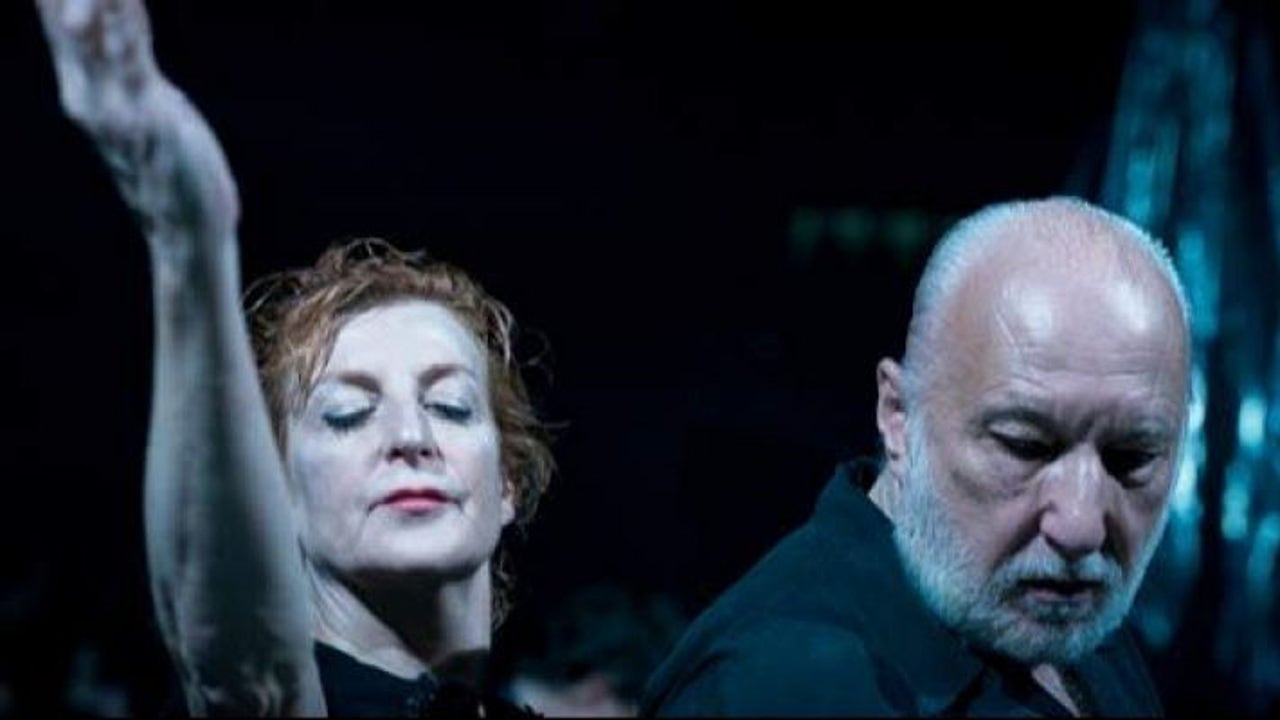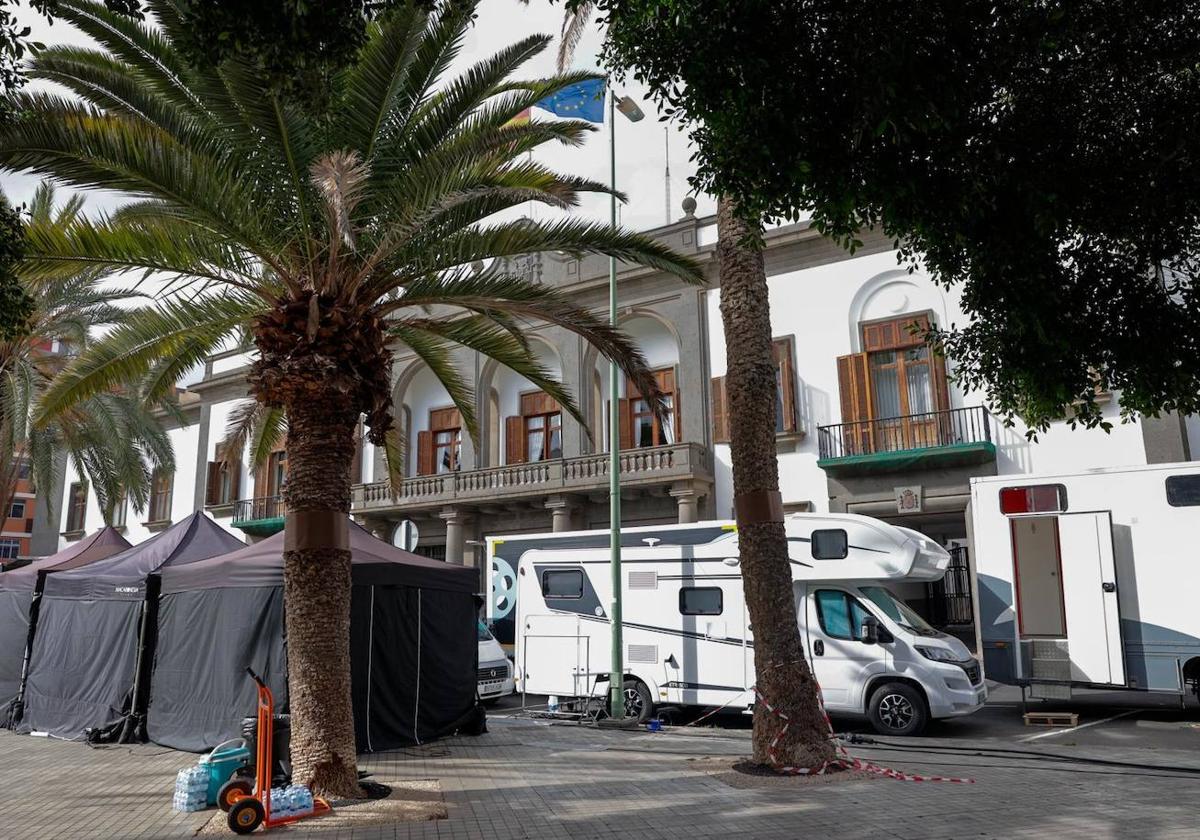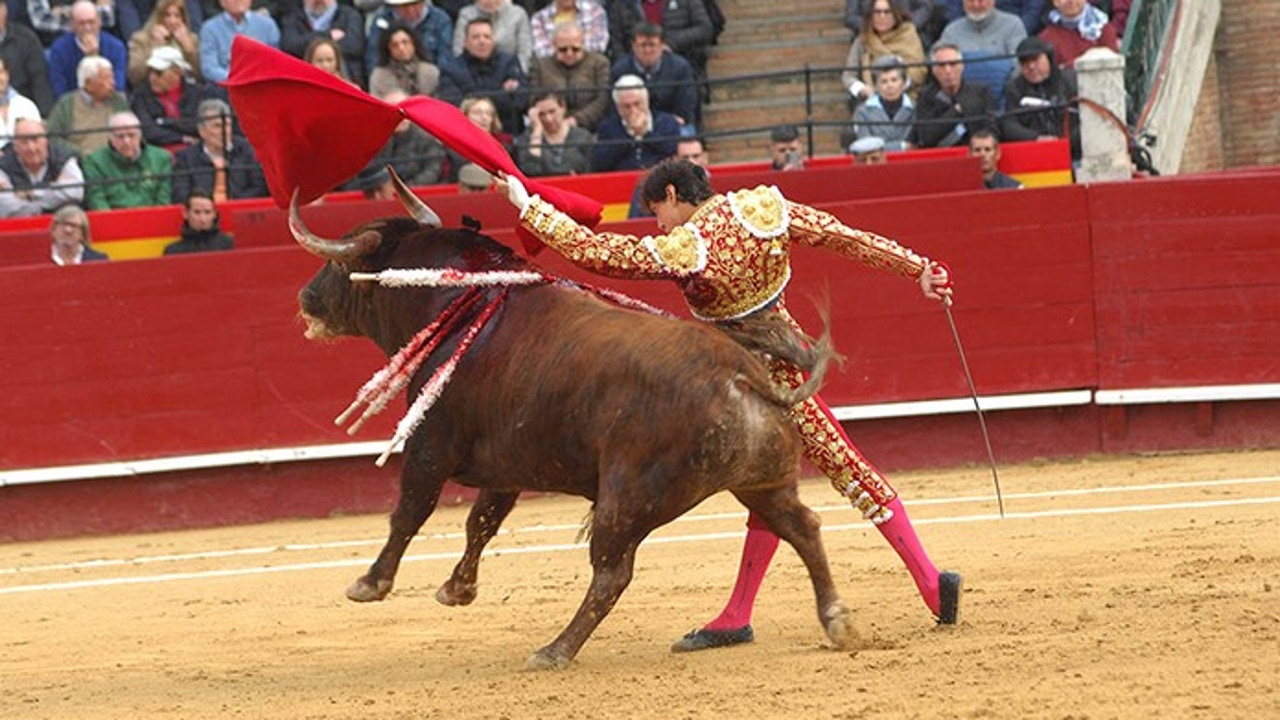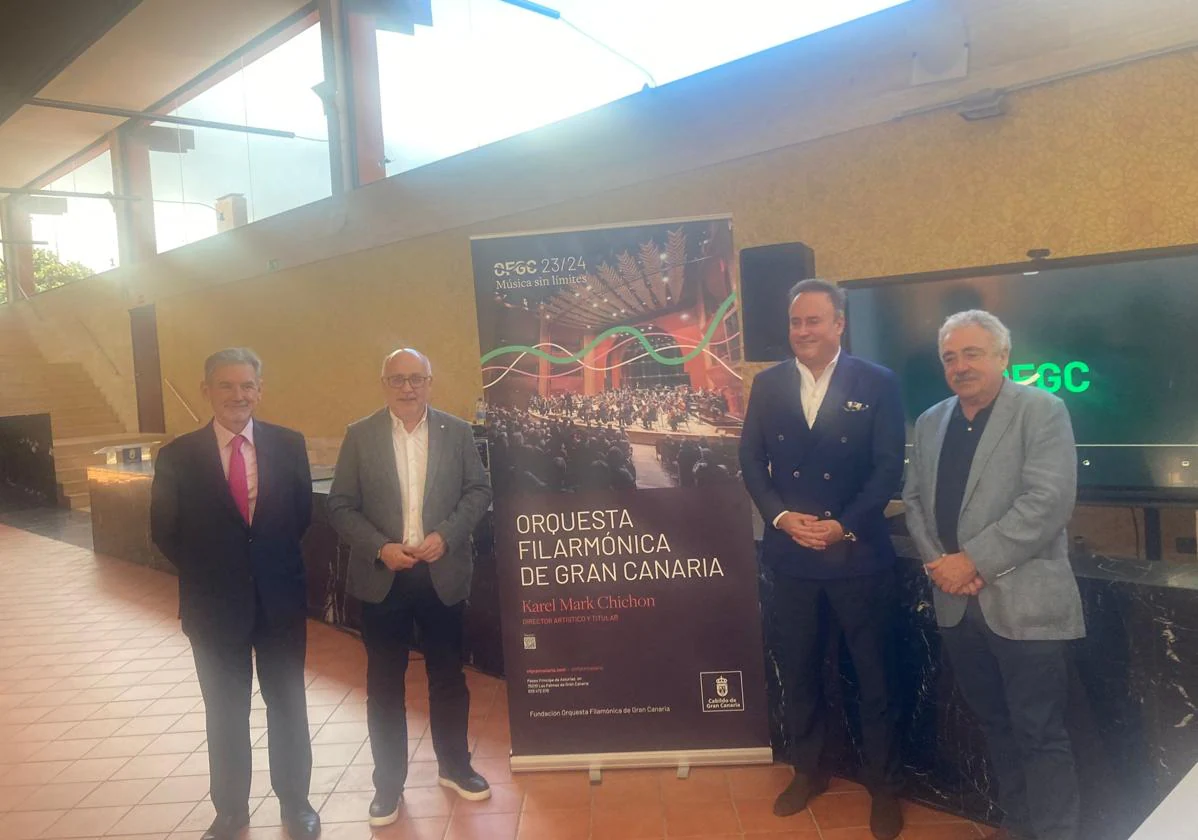the funeral of José Antonio Primo de Rivera in the Valley of the Fallen

Now that the Government has already given Franco's date and almost time to exhumation, some eyes also turn to another corpse that is uncomfortable for the Government, although so far it has not shown signs of wanting to exhume it also because it considers it a victim of the Civil War , not so to Franco, who died in bed.
The tragedy of José Antonio Primo de Rivera was like that of many others in the Civil War: executed without procedural guarantees by a squad of people. He was first shot in the leg in the back, and then shot with a shot in the temple. It was on November 20, 1936. The coroner did not do the autopsy, nor was death registered in the Civil Registry, like so many in those days, and was buried in Alicante. José Antonio was in jail when the coup d'etat of July 18 took place. The Government of Largo Caballero, with foundation and statue today in Madrid, had sentenced him to death for storing weapons and preparing a movement.
Franco requested an exchange of prisoners, but was not actively involved in his release. That intermediate path was better, since the Falangists could not reproach him for having crossed his arms, nor would he get his release, so that if the concentration of power died, it would be easier. Franco and the leader of Falange had met through Serrano Suñer. They did not get along. The first was a conservative Catholic, without more, while the other, more cultured and vividor, thought he had a transforming ideology. María Santos Kant, José Antonio's falangist and last girlfriend, wrote to Franco on November 24 to find out if it was true that he had been killed. His secretary replied that the "red stations claim to have shot him and it is not credible that they say it without it being true." Pilar Primo de Rivera couldn't even believe it, who left Spain on a German ship.
"The absent"
Two years later, Franco declared on National Radio that José Antonio had been killed and began talking about "The Absent One." The mythification of the character and its political use began. The Caudillo had merged all the groups into a single party, called the Traditional Spanish and JONS Falange, and he had to build his image as heir and incarnation of the "Uprising" and the "New Spain." The regime was then in its fascist stage, and symbolism and propaganda were key pieces, so recovering the mortal remains of the leader of Falange and paying homage seemed a good maneuver. The case was to find the body. He was buried in a common grave of the Alicante jail, and then transferred to niche 515 of the cemetery of Our Lady of Remedies. In this symbolic policy the protocol was carefully studied: its collection, travel and burial site. On November 19 his remains were exhumed. Next to the burial mound, 24 lighted axes were placed, with a Falangist guard, and a layer of flowers that covered the floor of the central part of the building. Behind was the president of the Political Board, Ramón Serrano Suñer. The gallery was filled with the Women's Section.
Outside, it was read in "The Vanguard" then, there was a (impossible) "mass of more than two hundred thousand people who keep absolute silence." When the procession arrived at the door of the Collegiate Church of San Nicolás, the batteries of the anchored ships fired a salvage, while several planes dropped flowers. A large group of uniformed Falangists, early in the morning, placed the body in a coffin, covered it with black velvet in a sign of mourning and carried it on their shoulders. The plan was to move the remains to El Escorial, symbol of the Spanish Empire of the Austrias. They did it on foot. From time to time, the Falangist squad was taking turns, between guns and gunshots. It took ten days to reach El Escorial, during which time National Mourning was decreed.
Along the way, the neighbors received the entourage with the arm in fascist salute, and at night, the Falangists carried torches. On November 28 he arrived in Madrid and crossed the Gran Vía, now called José Antonio Avenue. The burning chapel was installed where he had his office, on the Cuesta de Santo Domingo. Two days later he arrived at the monastery of El Escorial to be buried at the foot of the main altar of the Basilica. Franco had already decided to turn "The Absent" into an example for youth, in a model of mass framing typical of authoritarian regimes. In a few more than seventy words, he fired the body linking him with his project for Spain. At the beginning of March 1959, Franco notified by letter to Miguel and Pilar Primo de Rivera, his brothers, of his intention to move the remains of José Antonio to the Basilica of the Valley of the Fallen. The remains could not be taken without the consent of the family. In addition, those of the regime were confronted, and the Falangists felt displaced by the technocrats and the military. Moreover, those Republicans had not liked that their old leader rested with their despised Bourbons in El Escorial.
Last ride
The Falangists wanted to star in the event and set up a political act, a true demonstration of force against Franco's betrayal of his "national trade union revolution." The protocol was negotiated, and on March 31 the government ordered the transfer of José Antonio's remains to Cuelgamuros, which was to be inaugurated a day later. The ceremony was very similar to that of 1939. The coffin was carried on foot the fourteen kilometers that separate the two places, with relays every hundred meters, at three kilometers per hour. On the esplanade I expected the great paraphernalia of charges and uniformed militants. The hierarchy of the regime was there: Carrero Blanco, José Solís, Arrese and others, along with the Falangist representation of Pilar and Miguel Primo de Rivera.
The tombstone was identical to that of El Escorial. The Ministry of Information, then directed by Gabriel Arias-Salgado, limited the presence of the Press to an editor of the newspaper «Top». There was a lot of tension due to the unexpected presence during this act of many Falangists. In fact, at the first funeral for José Antonio, in November 1959, with the lights off of the Basilica, there was a shout: "Franco, you are a traitor." It is what propaganda has.
. (tagsToTranslate) exhumation of franc
Source link











